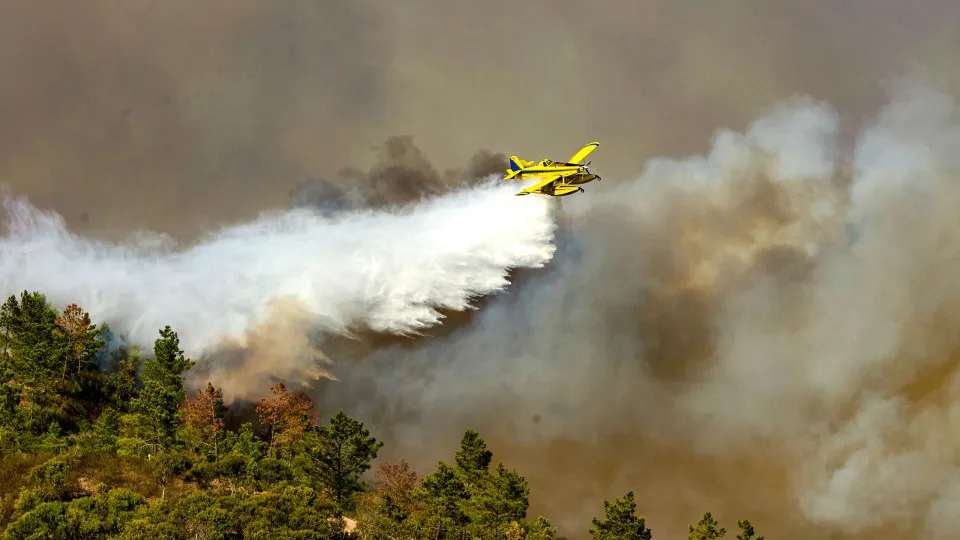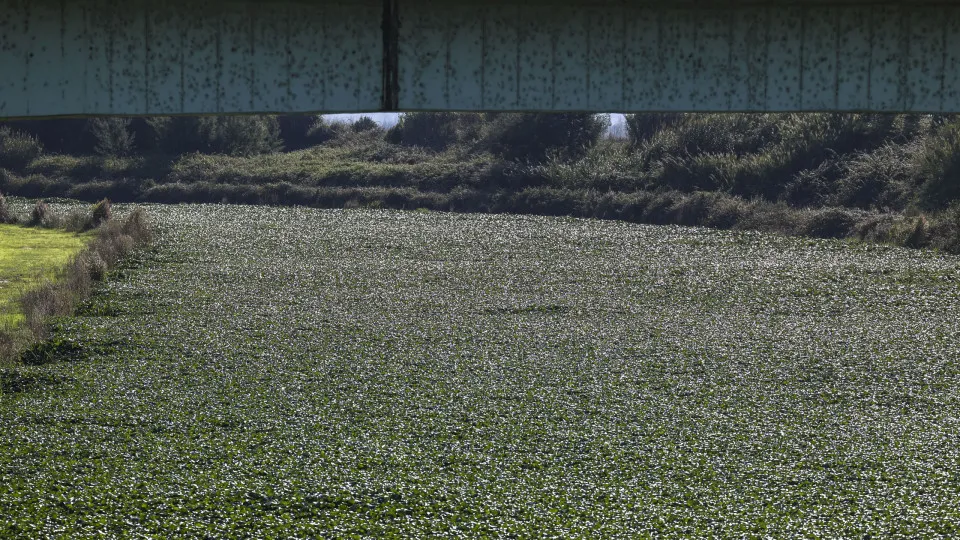
The National Operational Directive, which outlines the Special Device for Combating Rural Fires, concludes its most intense phase today, leading to a reduction in deployed personnel, vehicles, and aerial resources starting Wednesday.
The National Authority for Emergency and Civil Protection (ANEPC) confirmed that five aircraft will extend their operational period by 15 days, meaning the current aerial support will see a reduction of six helicopters compared to the past three months.
ANEPC stated that, contrary to what was initially planned, the operation of two medium amphibious planes from the Beja Air Resources Center, as well as three light helicopters from Montijo, Monchique, and Cachopo, will be extended.
The Civil Protection noted that starting Wednesday, the aerial fleet will consist of 67 units, although two are currently non-operational.
In addition to these aerial resources, 12,789 personnel from 2,133 teams, utilizing 2,810 vehicles and 19 trail machines, will be active during the next 15 days under ‘level charlie’, the third highest combat level.
From July 1 until now, during ‘level delta’, the highest level of deployment, 15,025 personnel from 2,567 teams, with 3,411 vehicles, 16 trail machines, and 74 aerial units, were operational.
This fire season witnessed nearly 270,000 hectares burnt, marking it as the fourth worst in recent history after 2017, 2003, and an anticipated 2025, along with four fatalities, including a firefighter. Numerous individuals sustained injuries, and several primary and secondary residences, as well as agricultural and livestock operations, suffered total or partial destruction.
Portugal experienced heatwaves from July to August, exacerbating rural fires, particularly in the northern and central interior regions, with continuous fires recorded over 25 days. Notably, the fires that began in Piódão and Trancoso persisted for 11 and eight days, respectively.
The year 2023 recorded 7,715 fires, according to the Integrated Rural Fire Management System, indicating a general decline in the number of fires over the years, though this year’s count was the highest since 2022.
The most affected regions were the Center, with 185,461 hectares of forest burnt, and the North, with 70,690 hectares.
Data shows that 35% of the fires and 38% of the burnt area occurred on ‘very high’ risk days.
The Agency for Integrated Rural Fire Management has announced an upcoming report on the major fires of this year. Additionally, the Parliament has approved the establishment of a technical commission comprising 12 expert technicians to analyze the fires.




